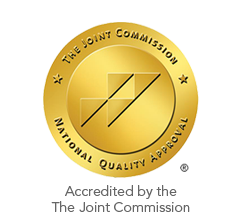Building a Supportive Environment
Celebrating Milestones: Acknowledging Achievements
Effective Communication: Open and Honest Dialogues
Maintaining open and honest communication is vital when building a supportive family environment. Encourage your loved one to express their thoughts and emotions freely. Active listening and empathy are crucial in creating an atmosphere of trust and understanding.
Be Brave. Get Help.
Educate Yourself: Understanding Addiction and Recovery
Practicing Self-Care: Supporting Your Own Well-being
Celebrating Together: Enjoying Sober Activities
Building a supportive family environment after treatment for a loved one is a vital step in their continued recovery journey. By following the ten steps outlined in this article, you can create an atmosphere of understanding, trust, and encouragement. Remember, the journey to recovery is ongoing, and your support can make a significant difference in your loved one’s life.
FAQs
The recovery process varies for each individual. It can take months or even years, depending on the person and their specific circumstances. Support and understanding throughout the journey are essential.
Yes, you can maintain a social life while supporting your loved one in recovery. However, it’s crucial to be mindful of the environments and activities you participate in, ensuring they are supportive of their sobriety.
If your loved one experiences a relapse, it’s essential to respond with empathy and encourage them to seek help. Offer support and help them reconnect with their treatment resources to get back on track.
Yes, family therapy sessions are beneficial even if your loved one is doing well. They provide a platform for open communication, address any underlying issues, and strengthen family dynamics, which can contribute to long-term recovery success.
If your loved one is struggling with cravings, encourage them to reach out for support. Offer a listening ear, distract them with engaging activities, and remind them of their progress and goals. Additionally, suggest they connect with their support network or therapist for additional assistance.

 Matthew Beck B.A, M.A, LMFT
Matthew Beck B.A, M.A, LMFT 


